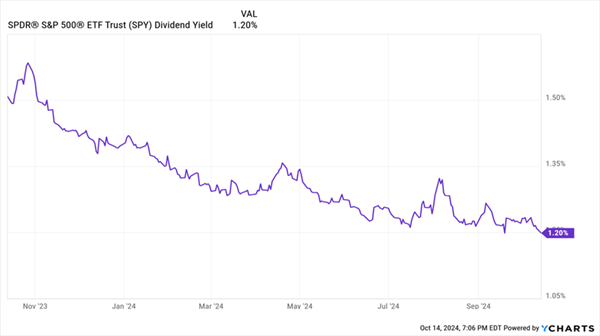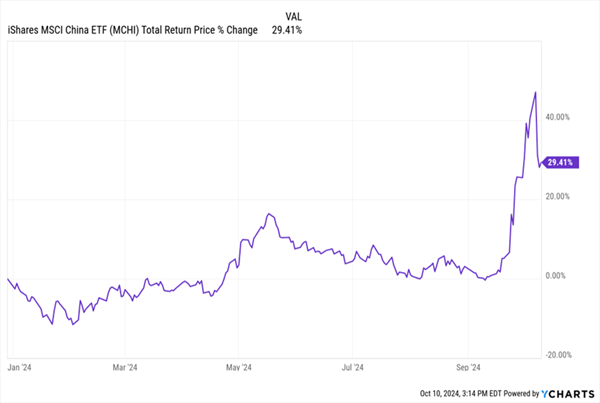Last week’s oil-price drop has set us up to buy some top-flight energy dividends on the cheap. We’re going to grab one with a “hidden” 10.3% yield in just a moment.
First, this buy window goes well beyond a dip in the price of the goo. Fact is, oil dropped because things calmed (slightly) in the Middle East.
But of course, that can change again, and quickly. The real oil story for us is that the drop (along with a double-digit decline in natural-gas prices since the start of October) is happening as energy demand is set to rise.
So desperate is the need for energy these days that Big Tech is turning to long-shuttered nuclear reactors.… Read more




Recent Comments